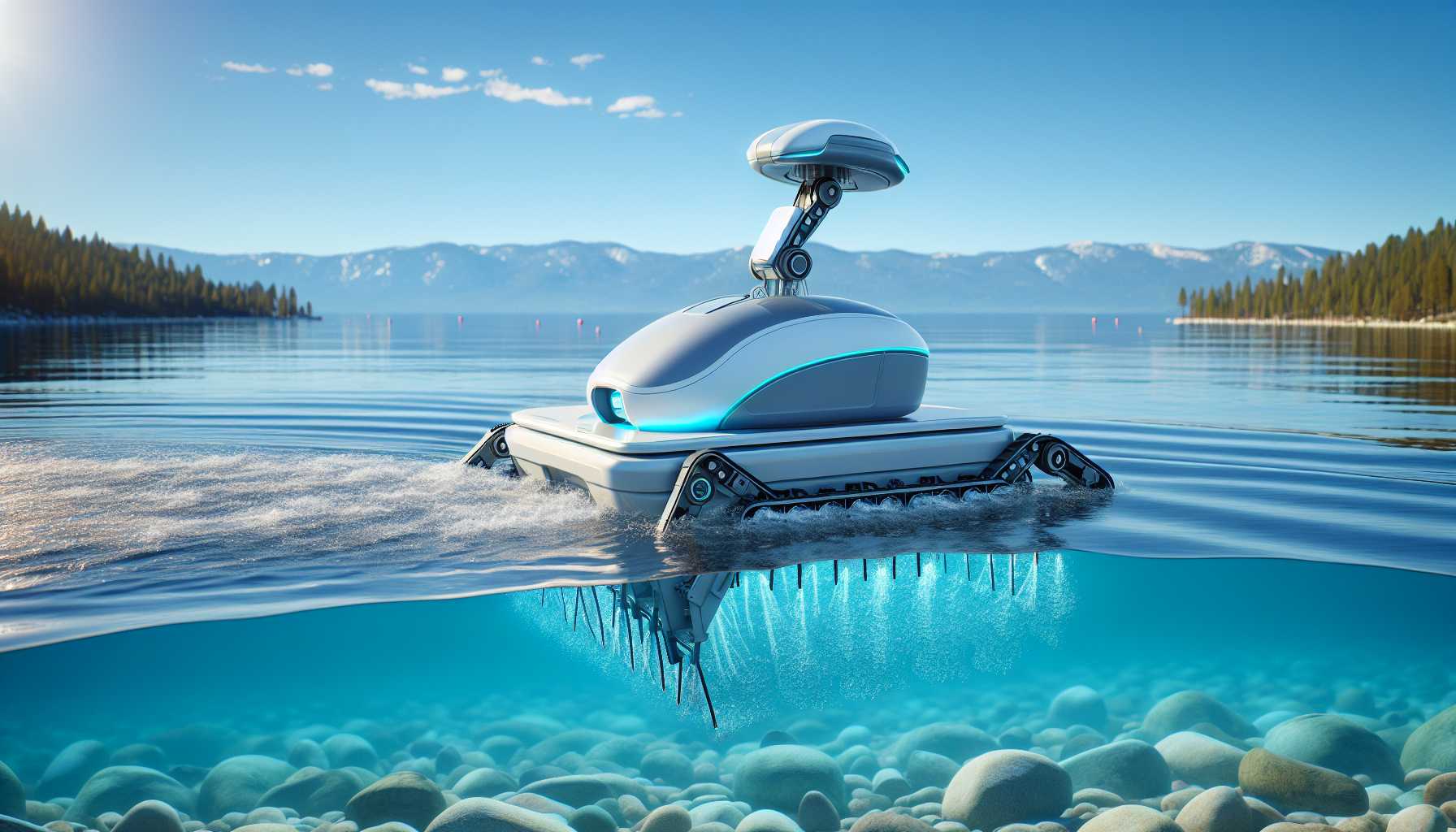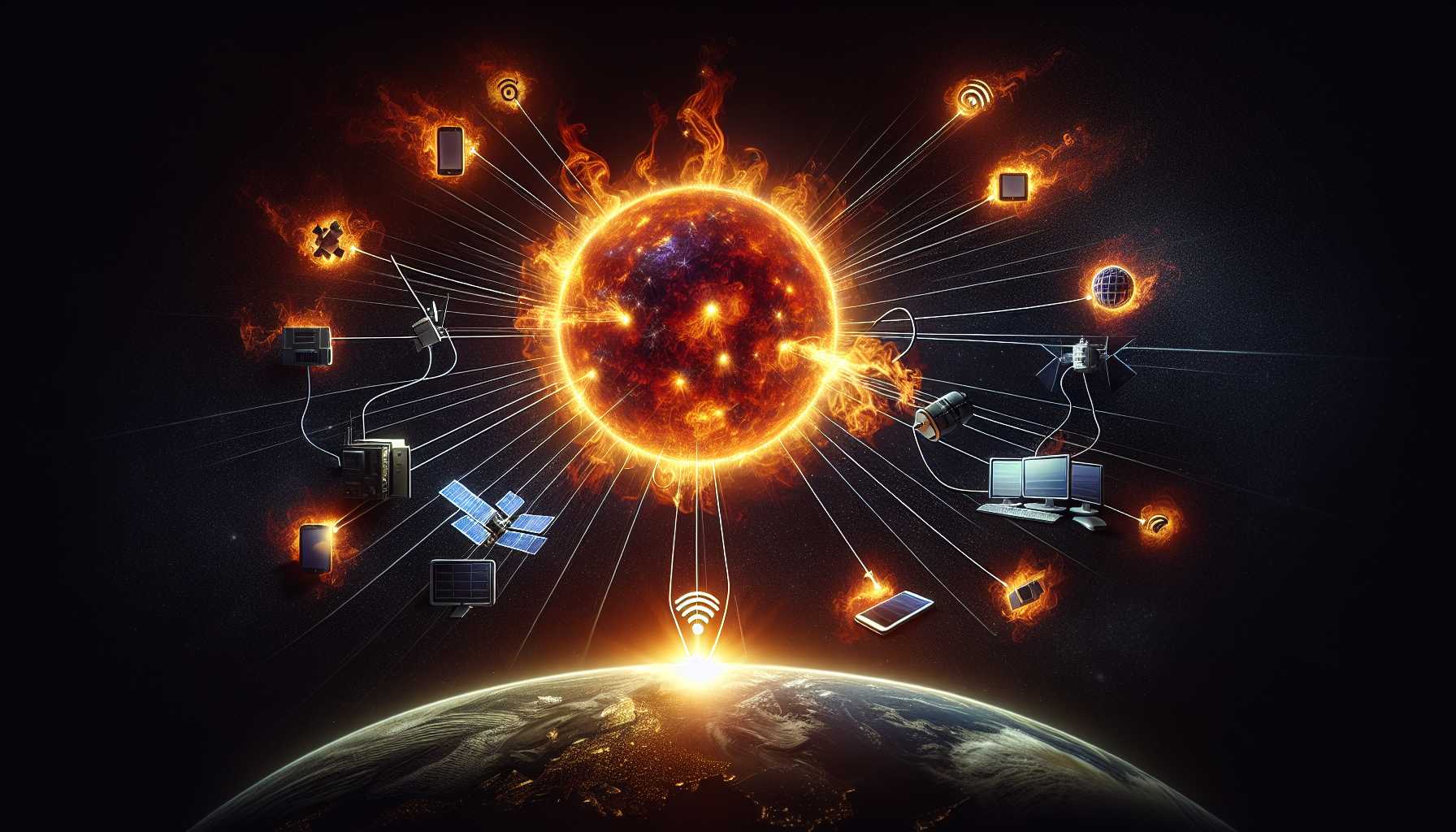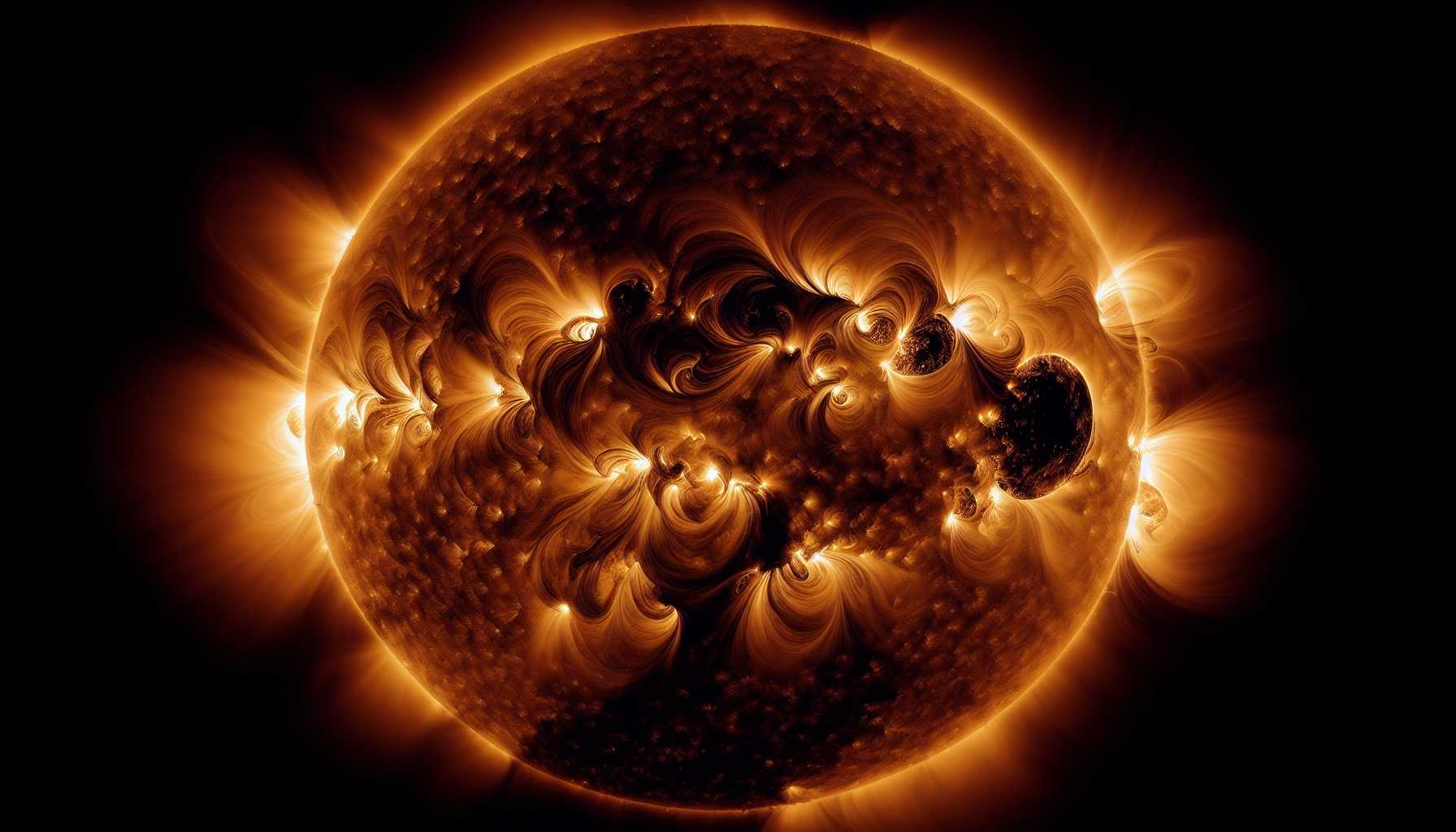The Trailblazing Trio: Robotic Guardians of Lake Tahoe
The Trailblazing Trio: Robotic Guardians of Lake Tahoe
Imagine a world where robots don’t just walk among us; they leap, fly, and – believe it or not – clean our ecosystems. This isn’t a scene from a sci-fi flick; it’s the present. Lake Tahoe, straddling California and Nevada, is witnessing an environmental revolution, spearheaded by The Searial Cleaners and Eco-Clean solutions. These visionary tech firms have unleashed a three-robot army to tackle the daunting issue of plastic pollution.
Meet the Robotic Trio:
- BeBot: This solar-powered samurai sifts through sand with finesse, targeting sneaky debris like cigarette butts and bottle caps that lurk beneath the surface.
- PixieDrone: With an impressive 160-liter collection capacity and a zest for floating waste, this mobile marvel can autonomously navigate waters for up to six hours, snapping pictures and boasting control via a cutting-edge WebApp.
- CollecThor: A stationary powerhouse, CollecThor lures and captures up to 100 kilograms of waste with an insatiable appetite for both solid and liquid trash.
Human-Robot Synergy:
While the automated cleaners play a pivotal part, the human touch is irreplaceable. Volunteers join forces to sort through the rescued refuse and ensure proper disposal. This synergy between human tenacity and robotic precision manifests as a beacon of hope for Lake Tahoe – a popular spot plagued by one of the world’s highest plastic concentrations.
Technology for a Sustainable Future:
As a tech investor and enthusiast, I’m captivated by the potential of robotics in environmental conservation. Beyond the rigorous labor often associated with cleaning efforts, these robots symbolize innovation, efficiency, and progress. The Searial Cleaners and Eco-Clean solutions deserve applause for setting a stellar example of technology’s role in preserving our natural wonders.
Space Weather Forecast: Stormy with a Chance of Chaos
When we fret over storms, typically we conjure images of torrential rain and gale-force winds. However, there’s a storm brewing that could render these earthly tumults mere child’s play – a solar storm. Envision our technologically-tethered planet being thrust into darkness by a cosmic tempest. This isn’t an exercise in hyperbole; it’s a genuine concern for scientists like Thomas Berger of the NOAA’s Space Weather Prediction Center.
Understanding Solar Storms:
Solar storms are comprised of X-rays, charged particles, and magnetized plasma. C-class flares are the smallest and most frequent, causing minimal disruption. M-class flares can mildly disturb radio communications. However, the rare and mighty X-class flares release cataclysmic energy, sometimes observable as magnificent spectacles in the sky.
The Sun’s Magnetic Field:
These solar theatrics are symptoms of the Sun’s complex magnetic field flickering through its 11-year cycle. Our serene blue sky is subject to a giant electromagnetic pulse when a solar flare occurs, electrifying the ionosphere and briefly throwing radio communications into disarray. While NOAA can issue real-time alerts, the rapid onset of solar flares means limited notice for preventative measures.
The Threat to Technology:
From my perspective, as a tech aficionado, the ramifications of space weather on our infrastructure cannot be overstated. While solar flares are less harmful, it’s the subsequent coronal mass ejections (CMEs) that truly threaten terrestrial tech. A significant CME could distort our magnetosphere and induce electrical currents capable of frying our power grid – a scenario reminiscent of the 1989 Quebec blackout. The chilling benchmark for all CMEs, however, remains the legendary Carrington Event of 1859, a geomagnetic superstorm that today could inflict trillions in damages and globally unravel the fabric of our electrical-dependent society.
Close Encounter with a Celestial Colossus
If you think you’ve seen a hot mess, try looking at the Sun lately, with its ever-growing dark spots spewing radiation like an angry celestial dragon. Sunspot R3664, with a diameter dwarfing our planet, reminds us of the fateful Carrington Event’s sunspot. This brewing solar anomaly underscores the volatile beauty of our star at the onset of a solar maximum – a phase of peak activity in the Sun’s cycle.
Increased Solar Activity:
NOAA’s Space Weather Prediction Center has kept vigilant watch, noting the increased probability of solar flares due to the growing complexity of this behemoth sunspot. The Sun, usually calm over the last few cycles, is showing a spike in sunspot numbers and associated solar flares, as well as CMEs, promoting concern about potential geomagnetic storms akin to the Carrington event.
A Delicate Dance:
As a tech expert keen on space phenomena, I find the increased solar activity both fascinating and a tad unnerving. These flares and CMEs could potentially induce the same chaos feared from a massive solar storm, disrupting satellites, GPS and communication systems, even power grids. Yet, despite the risks, these cosmic events emphasize the delicate dance between Earth and the Sun. They prompt us to marvel at the spectacular auroras they bestow upon our skies, even as we diligently prepare for their less desirable effects.
Conclusion:
Whether we’re discussing robots tirelessly cleaning our lakes or the awe-inspiring power of solar storms, technology remains an inseparable part of this narrative. As an advocate for innovation, I encourage remaining informed and appreciative of these advances, while staying mindful of the natural forces that could one day test our resilience.



